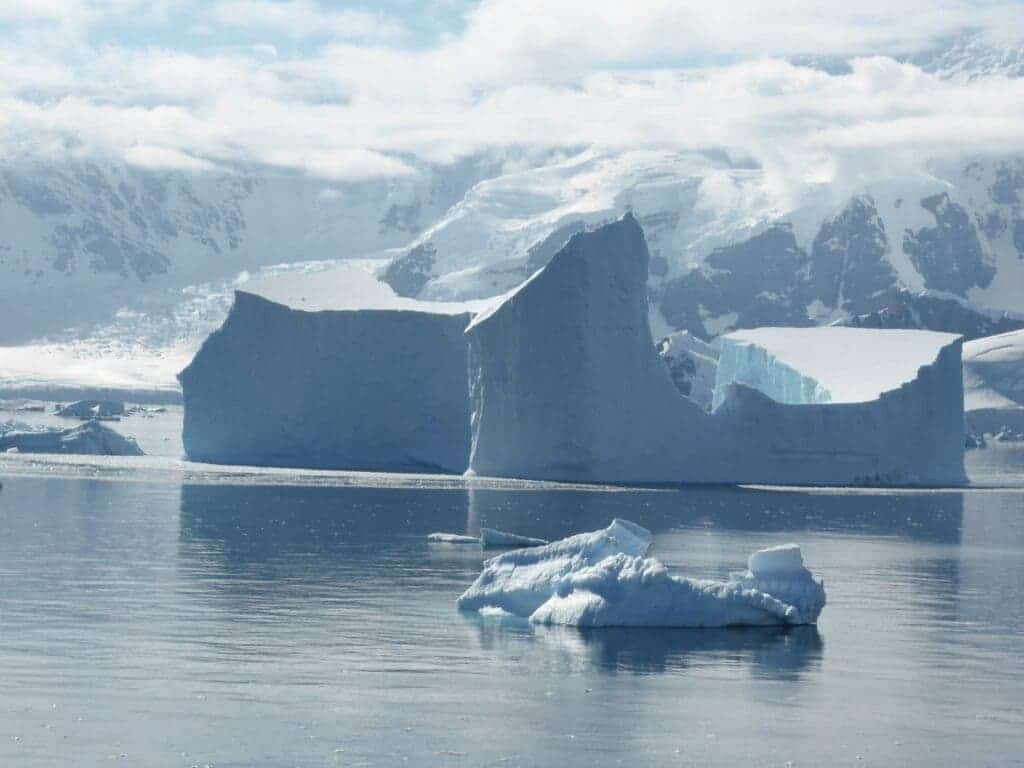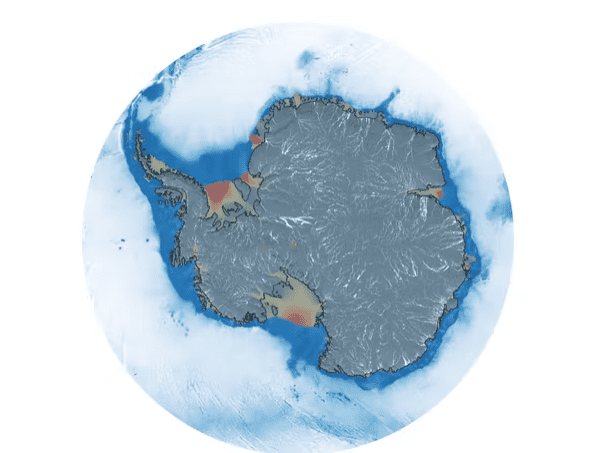Confirming what was already suspected, scientists have detected vast amounts of water hidden in the sediments that underlie a part of the West Antarctic ice sheet. This groundwater system reveals an unexplored area of the region and could have implications for how the continent reacts to the climate crisis, the researchers say.

The polar regions are being more impacted by climate change than other parts of the world, with sea ice reducing fast and global warming accelerating more than the global average. Earlier this year, both the Arctic and Antarctica experienced a freakish heatwave that caused record temperatures – more than 40ºC warmer than average.
“People have hypothesized that there could be deep groundwater in these sediments, but up to now, no one has done any detailed imaging,” the study’s lead author, Chloe Gustafson, a postdoctoral researcher at the University of California San Diego’s Scripps Institution of Oceanography, said in a media statement.
Hidden underground reservoir
In recent years, researchers have discovered hundreds of interconnected rivers and liquid lakes cradled within the ice of Antarctica. However, this is the first time a study has confirmed large amounts of liquid water in below-ice sediments. The authors focused on the over 90 kilometers wide Whillans Ice Stream, which feeds the Ross Ice Shelf.
They spent about six weeks in 2018 mapping the sediments below the ice. For this, they used geophysical instruments placed on the surface to execute a technique known as magnetotelluric imaging, which detects the differing degrees of electromagnetic energy carried by the ice, sediment, and water and creates a map with the information.

While the technique has been used in Antarctica since the 1990s, it was only applied in studies aimed at imaging crustal features at depths well below 10 kilometers. But these previous studies demonstrated that scientists could use magnetotelluric on ice and snow as well – which researchers now did, applying it within five kilometers of the sub-ice environment and getting a clearer picture of what’s going on closer to the surface as well.
The team calculated that if they squeezed the groundwater from the sediments in the 100 square kilometers they mapped onto the surface, it would form a lake ranging from 220 to 820 meters (720 to 2700 feet) deep. The Empire State, for example, is 420 meters tall. So, at the shallow end, the water would go up the building about halfway, and at the deepest end, it’s two Empire States stacked together.
The mapping also showed that the water got saltier with depth, likely the result of how the groundwater system was formed. The researchers believe ocean water reached the area during a warm period 7,000 years ago, saturating the sediment with seawater. Once the ice advanced, meltwater was forced into the upper sediments, which likely continues to happen today.
“You can imagine a frozen lid over a liquid interior, whether it’s completely liquid or liquid-saturated sediments,” Kerry Key, study co-author and researcher at Columbia University and a Scripps Oceanography alumnus. ”You can think of what we see in Antarctica as potentially analogous to what you might find on Europa or some other ice-covered planets or moons.”
Further work will now be needed to better understand the implications of the study, especially in relation to the rising sea levels that could be triggered. The presence of subglacial groundwater could also have implications for the release of a big amount of carbon dioxide that was previously stored by seawater-adapted communities of microbes — but for now, the details are unclear.
The study was published in the journal Science.









